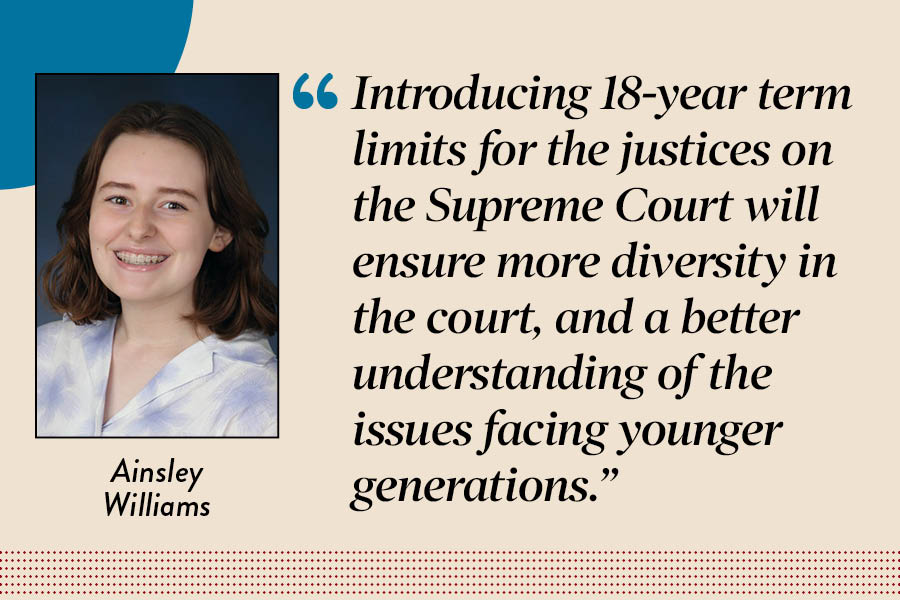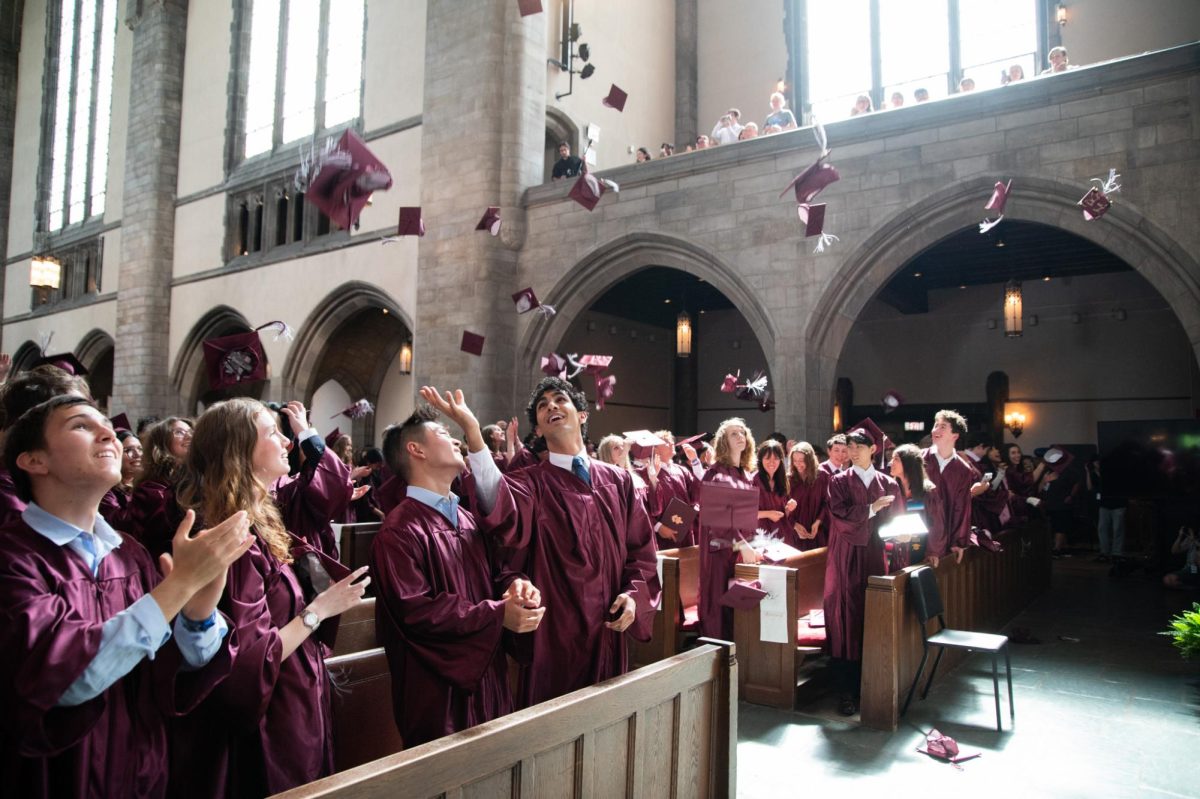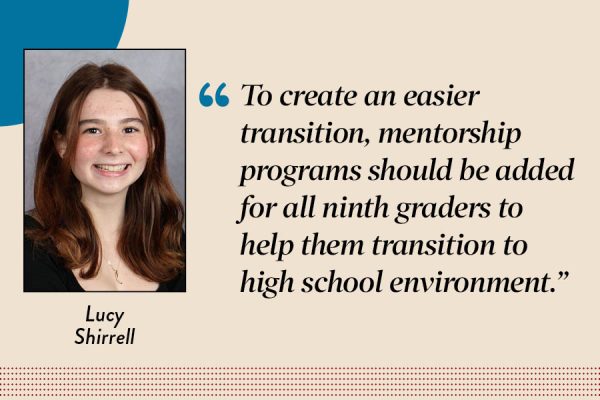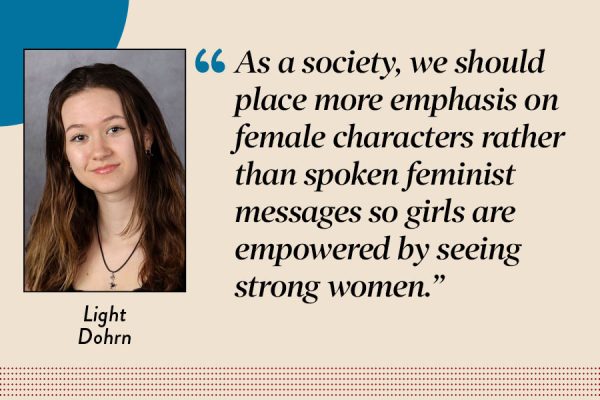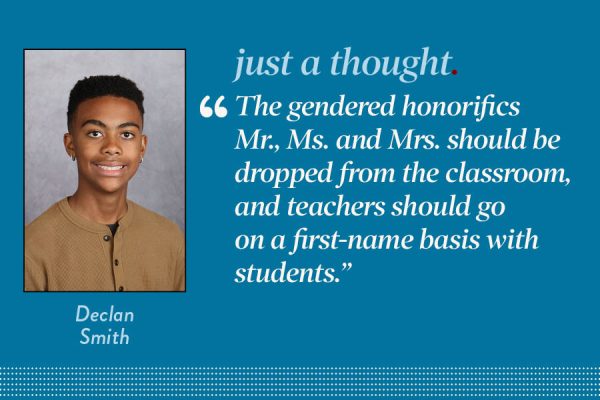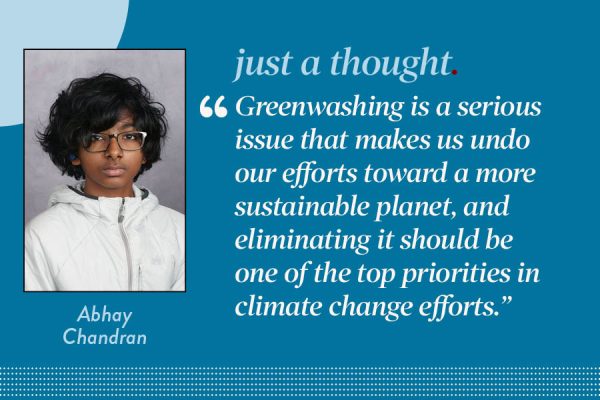Supreme Court Justices should represent contemporary America
Midway Staff
Now, the most pressing issues facing Generation Z are things like climate change, gun control and affordable housing and education. These are modern issues that require modern people to represent them in government, not the same nine people who have been sitting on the court for decades says Audience Engagement Manager Ainsley Williams.
May 18, 2023
In June 2022, the Supreme Court of the United States ruled 6-3 in Dobbs v. Jackson Women’s Health Organization, a landmark decision that overturned Roe v. Wade. This ruling failed to represent the 62% of Americans who believed abortion should remain legal and plummeted the public’s trust in the Supreme Court, especially among younger generations.
The overturning of Roe v. Wade, and the scandal involving Justice Clarence Thomas accepting luxury gifts from a Republican mega-donor show that the court is now more polarized than ever, and the need for Supreme Court reform is necessary to ensure public trust in the court among all citizens. Establishing 18-year term limits for justices on the Supreme Court would finally allow the court to accurately represent the diversity of the country it represents.
Unlike many government positions, justices on the Supreme Court do not have a fixed term limit. Article III of the Constitution states the justices, “shall hold their Offices during good Behaviour.” The Article grants lifetime appointments, allowing judges to serve on the court until they retire, die or get removed by the Senate.
The length of time a justice spends on the Supreme Court has lengthened significantly since its establishment in 1789. This allows each justice to sit on the court for decades, gaining more power and influence. Justice Clarence Thomas was 43 when he joined the court, Neil Gorsuch was 49, and Amy Coney Barrett was 48.
The court is also getting older. Justice Thomas is 74 and has served on the court for 32 years, Justice Samuel Alito is 73 and has served for 17 years, and Justice Sonia Sotomayor is 68 and has served for 14 years.
“We’re a court. We really don’t know about these things. You know, these are not like the nine greatest experts on the internet,” 63-year-old Justice Elena Kagan said, referencing Gonzalez v. Google, a case narrowing the scope of law that applies to social media.
While there are a range of potential term limit proposals, the most frequently mentioned option is an 18-year renewable contract, allowing for a more frequent turnover of justices on the court, which in turn will create a far more diverse group of people, viewpoints and experiences that truly represent the country.
Younger generations cannot possibly be accurately represented by the justices who were appointed during the term of a president they were not alive to see — times change. Now, the most pressing issues facing Generation Z are things like climate change, gun control and affordable housing and education. These are modern issues that require modern people to represent them in government, not the same nine people who have been sitting on the court for decades.
An ever-evolving country needs an evolving court to represent it. Introducing 18-year term limits for Supreme Court Justices will ensure more diversity in the court, and a better understanding of the issues facing younger generations.



